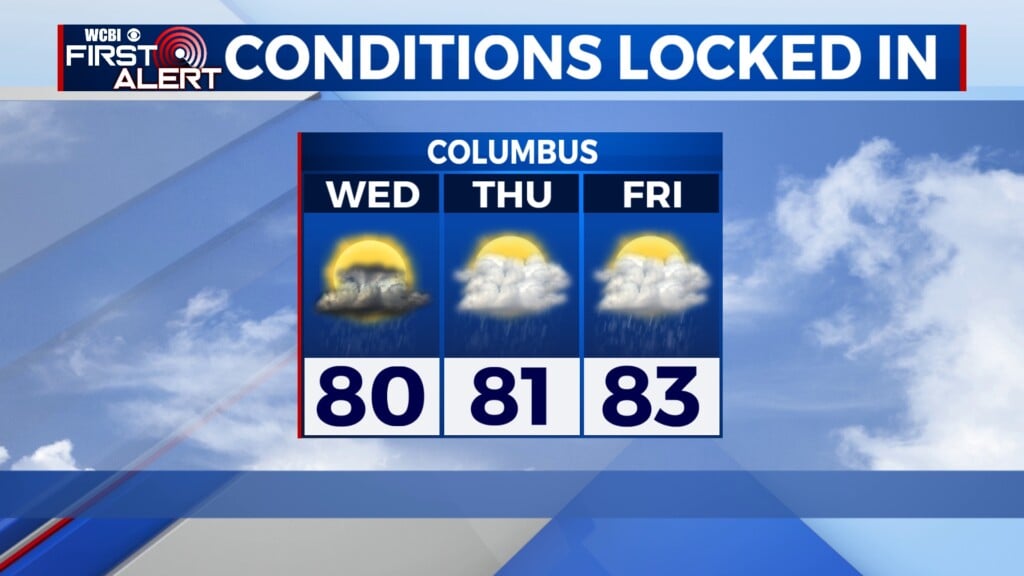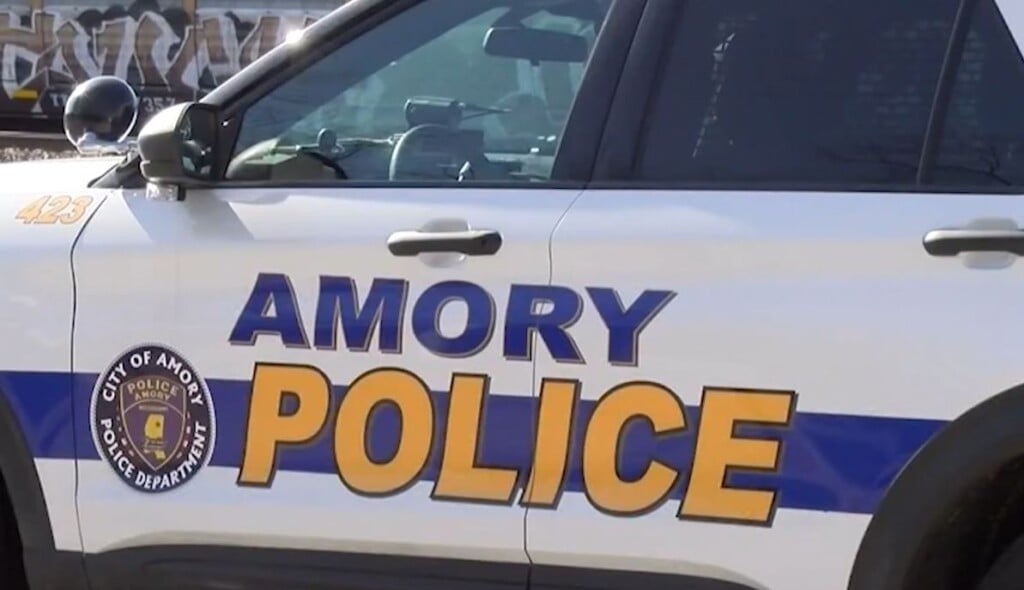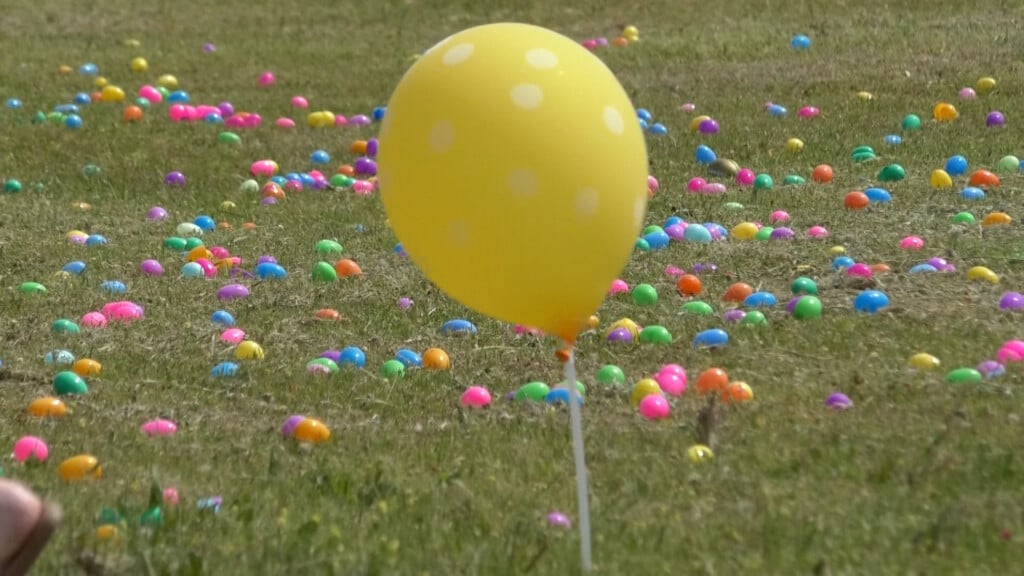Future police officers learn how to respond to active shooter calls
The main objectives are; stop the killing and stop the dying
TUPELO, Miss. (WCBI) – Future police officers are learning how to respond to an active shooter call.
For two days, cadets in Class B 68 of the North Mississippi Law Enforcement Training Center have been put through various active shooter scenarios.
Their firearms use training ammunition, known as sim rounds. Non lethal rounds that provide realistic training.
The Department of Homeland Security provides the training, known as ALERRT, or Advanced Law Enforcement Rapid Response Training. Laura Fosselman is the training coordinator.
“Our main mission is to prepare them for an event, it’s so critical in today’s time where we’re seeing more and more active shooter events,” Fosselman said.
Cadets are taught how to enter , clear rooms, and work as a team. We don’t want to show you their specific tactics, but we can show you how the training also includes basic medical aid. The main goal for police in any active shooter event is to stop the killing, and stop the dying.. Cadets are taught how to properly apply a tourniquet.
The Department of Homeland Security uses different agencies for the ALERRT training. The training is required for every officer in the state. That way, in a real life situation, different agencies answering a call are all on the same page.
Josh Clark is a trooper with the Mississippi Highway Patrol and an instructor for the course. His training came into play during a bank robbery several years ago.
“Unsure of what I was going into I knew it was an active shooter, made entry into the building, secured the building, found victim, shooter had already left the scene, but just taking my training into that, the active shooter training is something you don’t forget,” Clark said.
Cadets say they have learned a lot during the training.
“With the amount of thought they put into scenarios, and stress they put us under, trying to get us into that black area where we just freeze up, still push through it, apply tourniquets, people are falling left and right off our team. It’s pretty intense,” said Cadet Braxton Edmondson.
“What we are going through, all these different types of scenarios. It gets your mind working , as oh, I need to do this, that, things you wouldn’t think about but they train us for that that way we can be the best we can be when we go out there,” said Cadet Alison Childs.
Instructors debrief the cadet teams after each scenario, analyzing what went right, and what needs work.
Class B 68 graduates from the academy Friday morning.




